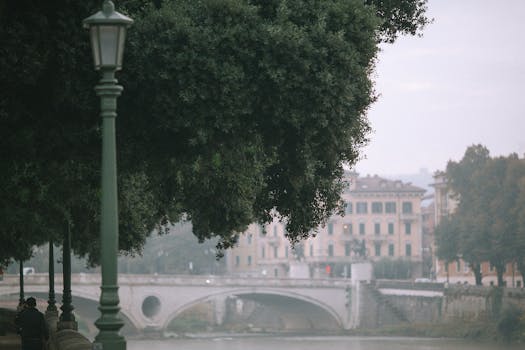
Urban Green Spaces: The Future of Outdoor Living in European Cities by 2025
Urban Green Spaces are becoming increasingly important in European cities, and for good reason. As the world becomes more urbanized, the need for green spaces has never been more pressing. Urban Green Spaces are not just aesthetically pleasing, but they also provide numerous benefits for both the environment and the people living in these cities. In this article, we will explore the future of outdoor living in European cities and how urban green spaces are playing a crucial role in this transformation.
The Benefits of Urban Green Spaces
Urban green spaces offer a wide range of benefits, from reducing air pollution to providing habitats for wildlife. Some of the most significant advantages of urban green spaces include:
- Improved air quality: Urban green spaces can help to remove pollutants from the air, improving the overall air quality in cities.
- Increased biodiversity: Green spaces provide habitats for a wide range of plants and animals, helping to maintain biodiversity in urban areas.
- Reduced urban heat island effect: Urban green spaces can help to mitigate the urban heat island effect, which occurs when built-up areas absorb and retain heat.
- Improved mental health: Spending time in nature has been shown to have a positive impact on mental health, reducing stress and anxiety.
Examples of Urban Green Spaces in European Cities
There are many examples of urban green spaces in European cities, each with its own unique character and benefits. Some notable examples include:
- The High Line in London: An elevated park built on an old rail line, offering stunning views of the city.
- The Luxembourg Gardens in Paris: A beautiful and historic park, featuring stunning gardens, fountains, and statues.
- The Vondelpark in Amsterdam: A large and popular park, offering a range of recreational activities, including walking, cycling, and picnicking.
The Future of Urban Green Spaces
As we look to the future, it is clear that urban green spaces will play an increasingly important role in shaping the outdoor living experience in European cities. With the rise of sustainable and eco-friendly design, we can expect to see even more innovative and effective urban green spaces in the years to come.
Conclusion
In conclusion, urban green spaces are a vital component of any European city, offering a wide range of benefits for both the environment and the people living in these cities. As we move forward, it is essential that we prioritize the development and maintenance of these spaces, ensuring that they continue to thrive and provide a high quality of life for urban residents.


